Description
- Definition: The molecular basis of inheritance refers to the mechanisms through which genetic information is passed from one generation to the next at the molecular level.
- Genetic Material: DNA (Deoxyribonucleic Acid) is the primary genetic material in most organisms.
2. Structure of DNA
- Double Helix Model: Proposed by Watson and Crick.
- Components:
- Nucleotides: Basic units of DNA, consisting of a phosphate group, a deoxyribose sugar, and a nitrogenous base.
- Nitrogenous Bases: Adenine (A), Thymine (T), Cytosine (C), Guanine (G).
- Base Pairing: A with T (two hydrogen bonds), C with G (three hydrogen bonds).
- Backbone: Alternating sugar and phosphate groups.
3. DNA Replication
- Semi-Conservative Replication: Each new DNA molecule consists of one old and one new strand.
- Key Enzymes:
- Helicase: Unwinds the DNA double helix.
- DNA Polymerase: Adds new nucleotides to the growing strand.
- Primase: Synthesizes RNA primer.
- Ligase: Seals the gaps between Okazaki fragments on the lagging strand.
4. Transcription
- Definition: The process of synthesizing RNA from a DNA template.
- Types of RNA:
- mRNA (Messenger RNA): Carries genetic information from DNA to the ribosome.
- tRNA (Transfer RNA): Brings amino acids to the ribosome.
- rRNA (Ribosomal RNA): Forms the core of the ribosome’s structure.
- Steps of Transcription:
- Initiation: RNA polymerase binds to the promoter region.
- Elongation: RNA polymerase synthesizes RNA.
- Termination: RNA polymerase reaches a terminator sequence and releases the RNA.
5. Genetic Code
- Triplet Code: Each codon (set of three nucleotides) codes for one amino acid.
- Characteristics:
- Degenerate: Multiple codons can code for the same amino acid.
- Universal: Same codons specify the same amino acids in nearly all organisms.
- Non-Overlapping and Commaless: Codons are read one after another without overlapping and without gaps.
- Translation
- Definition: The process of synthesizing proteins from mRNA.
- Steps of Translation:
- Initiation: The small ribosomal subunit binds to the mRNA.
- Elongation: tRNA brings amino acids to the ribosome, and peptide bonds form between amino acids.
- Termination: The ribosome reaches a stop codon, and the polypeptide is released.
- 7. Regulation of Gene Expression
- Prokaryotic Regulation: Operon model (e.g., lac operon in E. coli).
- Eukaryotic Regulation:
- Transcriptional Control: Involves enhancers, silencers, and transcription factors.
- Post-Transcriptional Control: mRNA splicing, editing, and degradation.
- Translational Control: Involves the initiation of translation and mRNA stability.
- Post-Translational Control: Protein modification and degradation.
- 8. Mutations
- Definition: Changes in the DNA sequence that affect genetic information.
- Types:
- Point Mutations: Single nucleotide changes (e.g., substitutions, insertions, deletions).
- Frameshift Mutations: Insertions or deletions that alter the reading frame.
- Causes:
- Spontaneous Mutations: Errors in DNA replication.
- Induced Mutations: Caused by mutagens like chemicals and radiation.
- 9. DNA Repair Mechanisms
- Direct Repair: Reverses DNA damage directly.
- Excision Repair: Removes damaged DNA and replaces it with the correct sequence.
- Base Excision Repair (BER)
- Nucleotide Excision Repair (NER)
- Mismatch Repair: Corrects errors missed by DNA polymerase during replication.
- 10. Recombinant DNA Technology
- Definition: Techniques used to manipulate DNA for research and practical applications.
- Steps:
- Isolation of DNA
- Cutting DNA using Restriction Enzymes
- Inserting DNA into Vectors
- Introduction of Recombinant DNA into Host Cells
- Selection and Screening of Recombinants



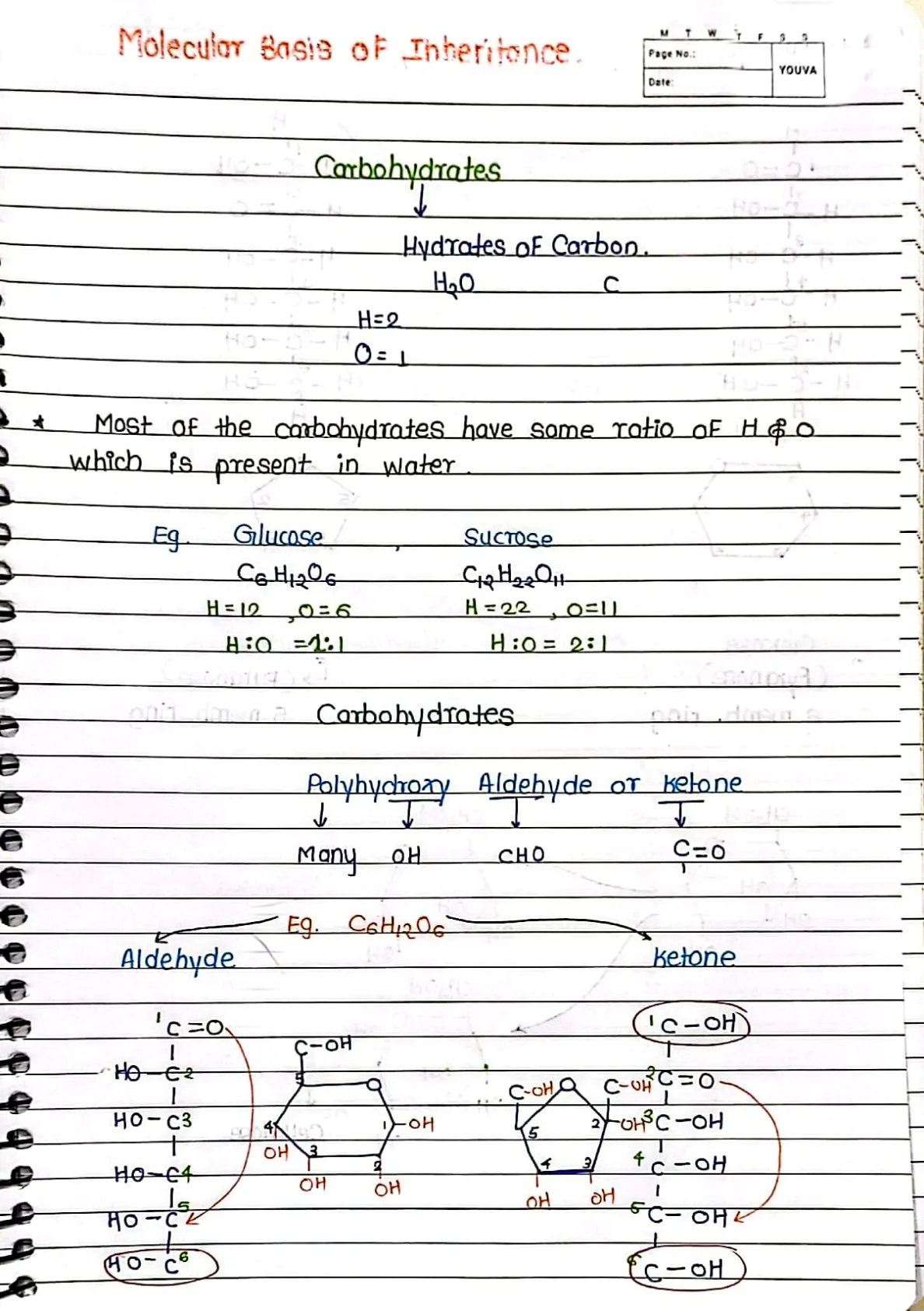
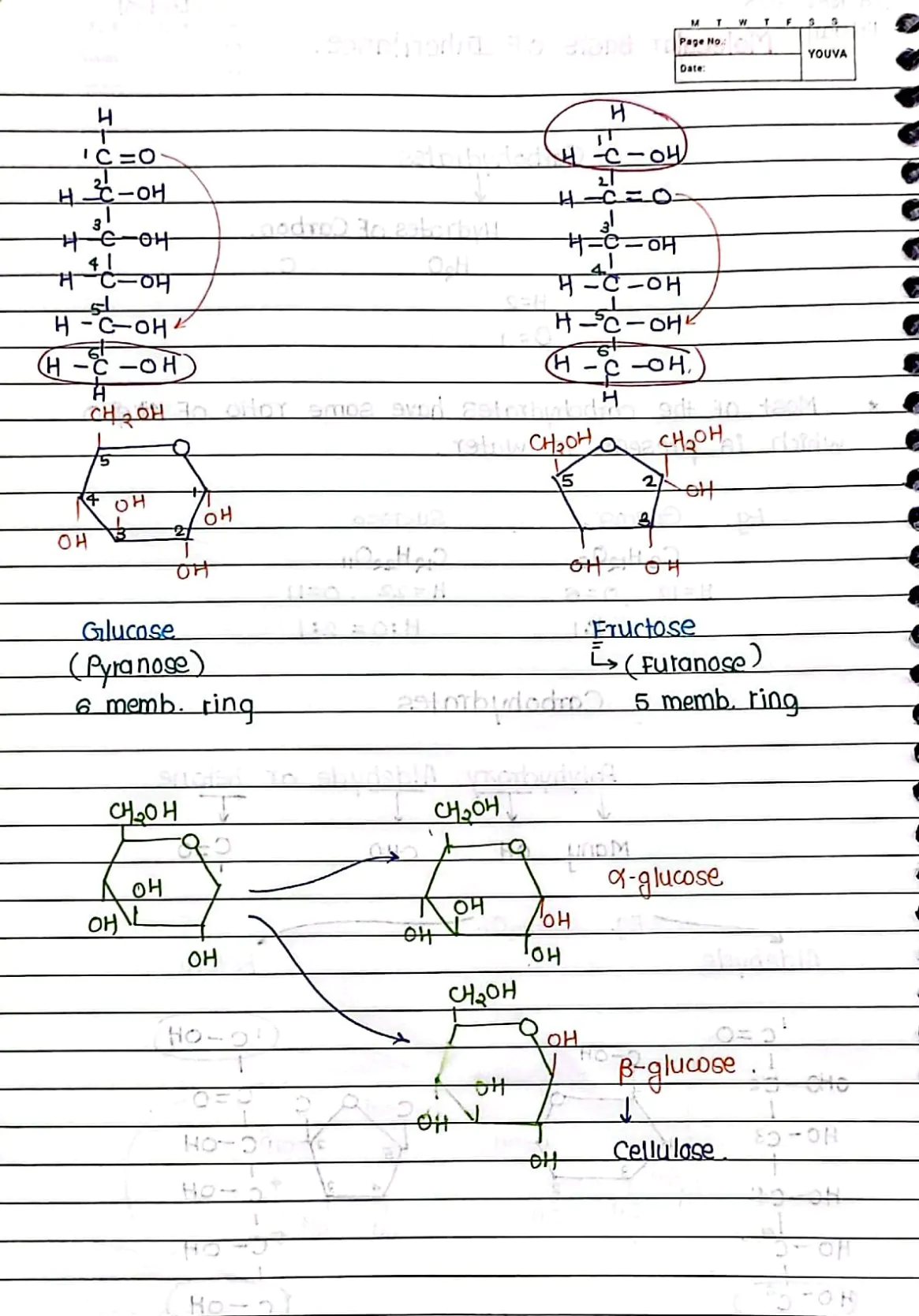
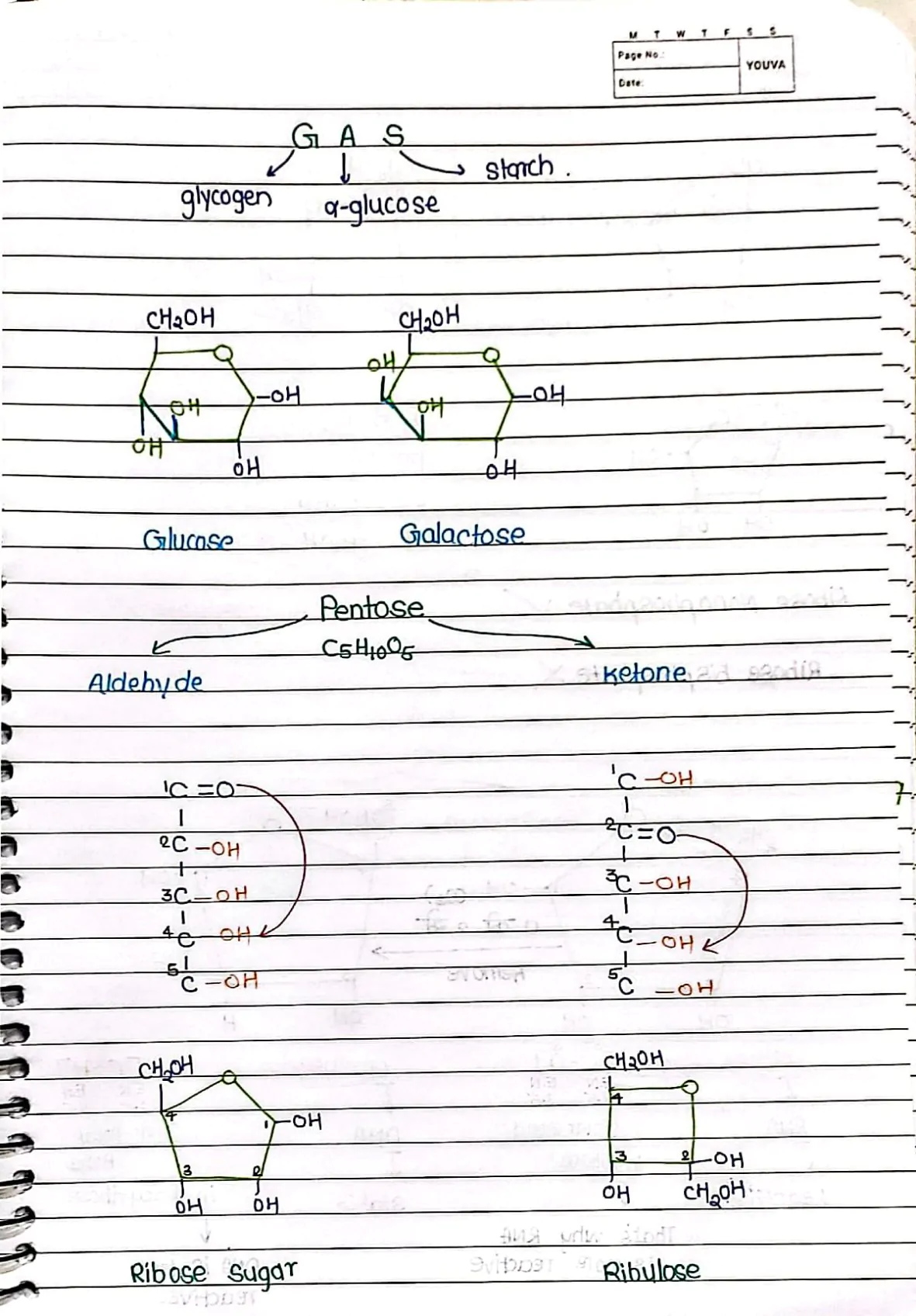
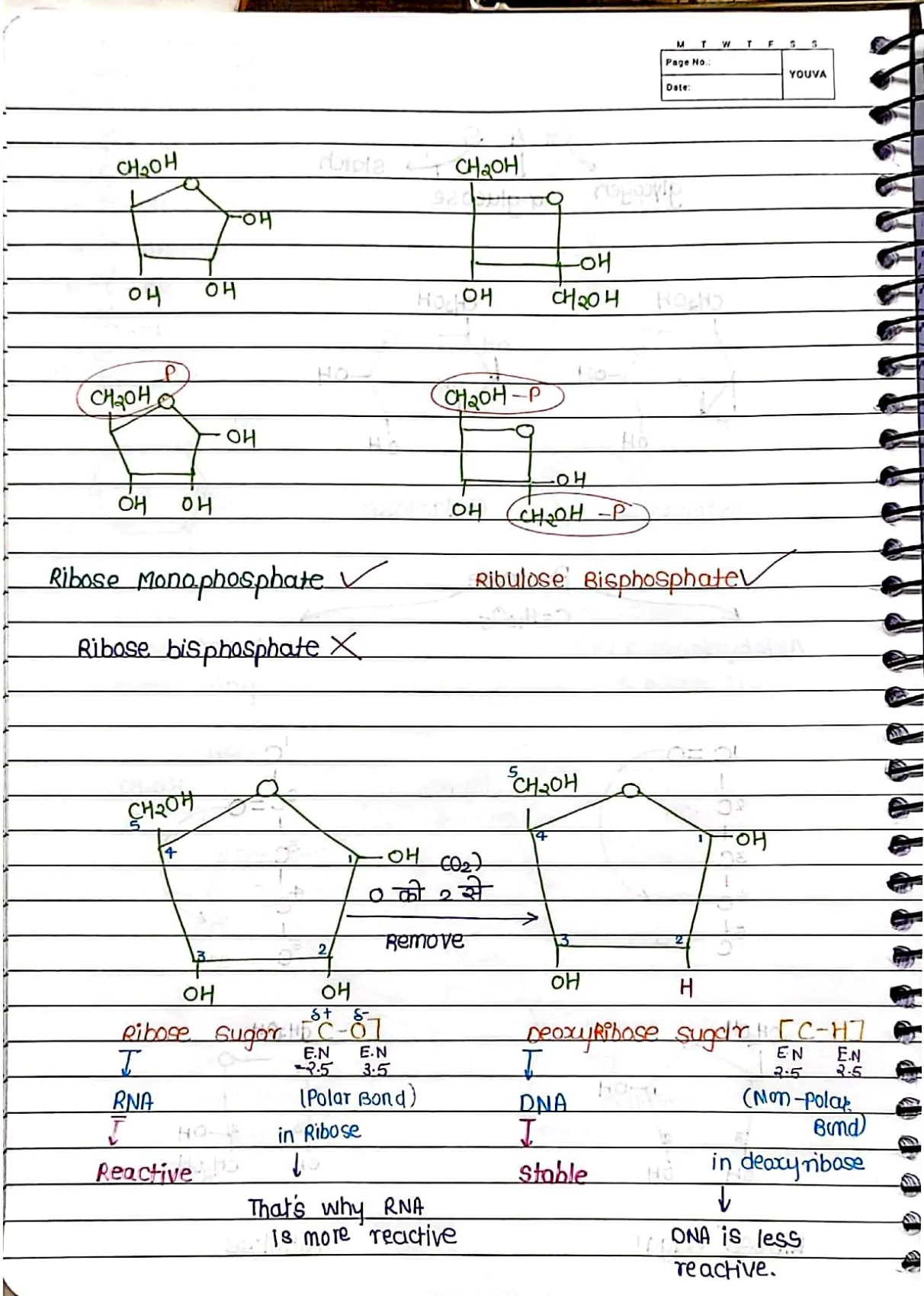
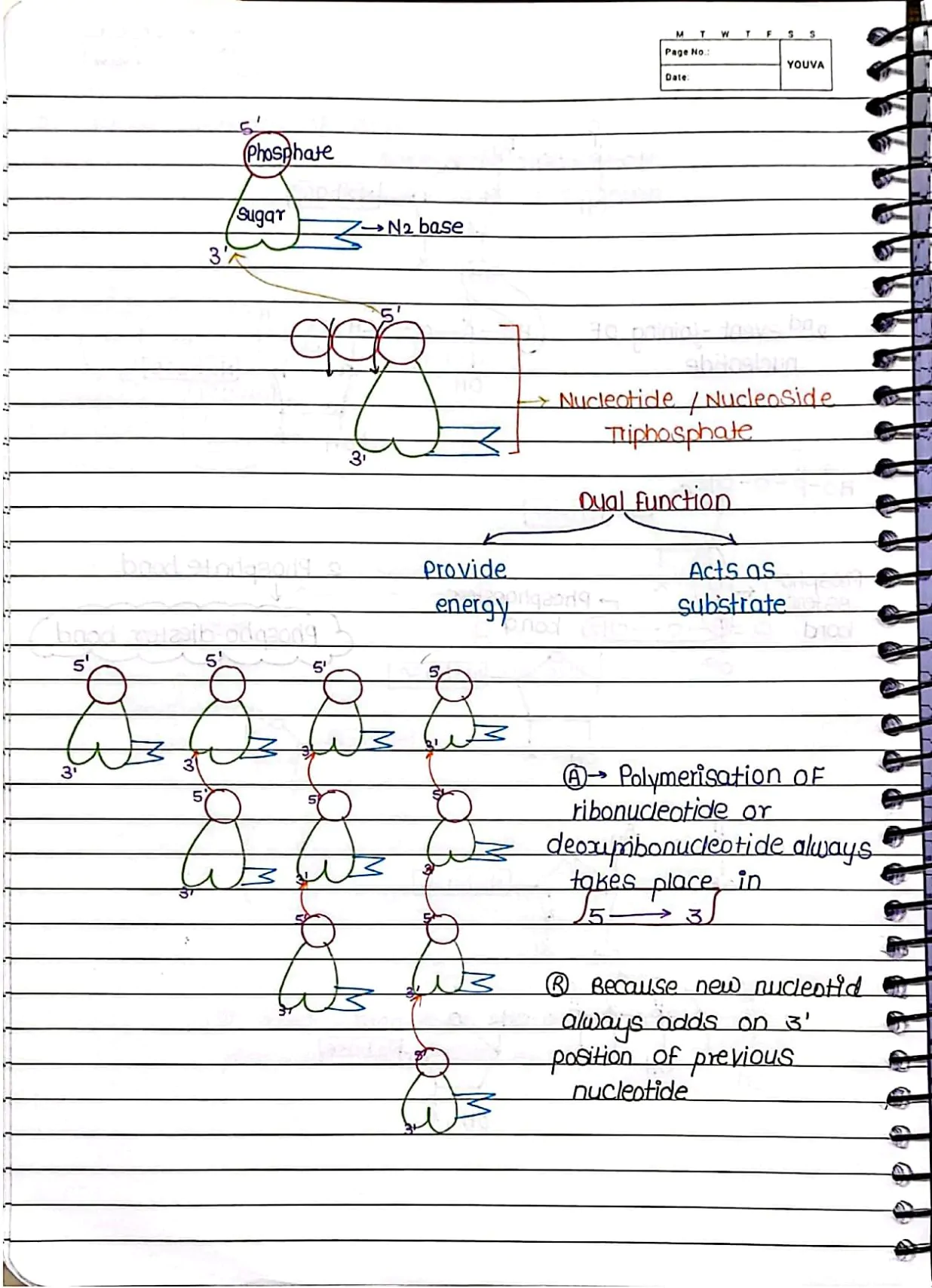


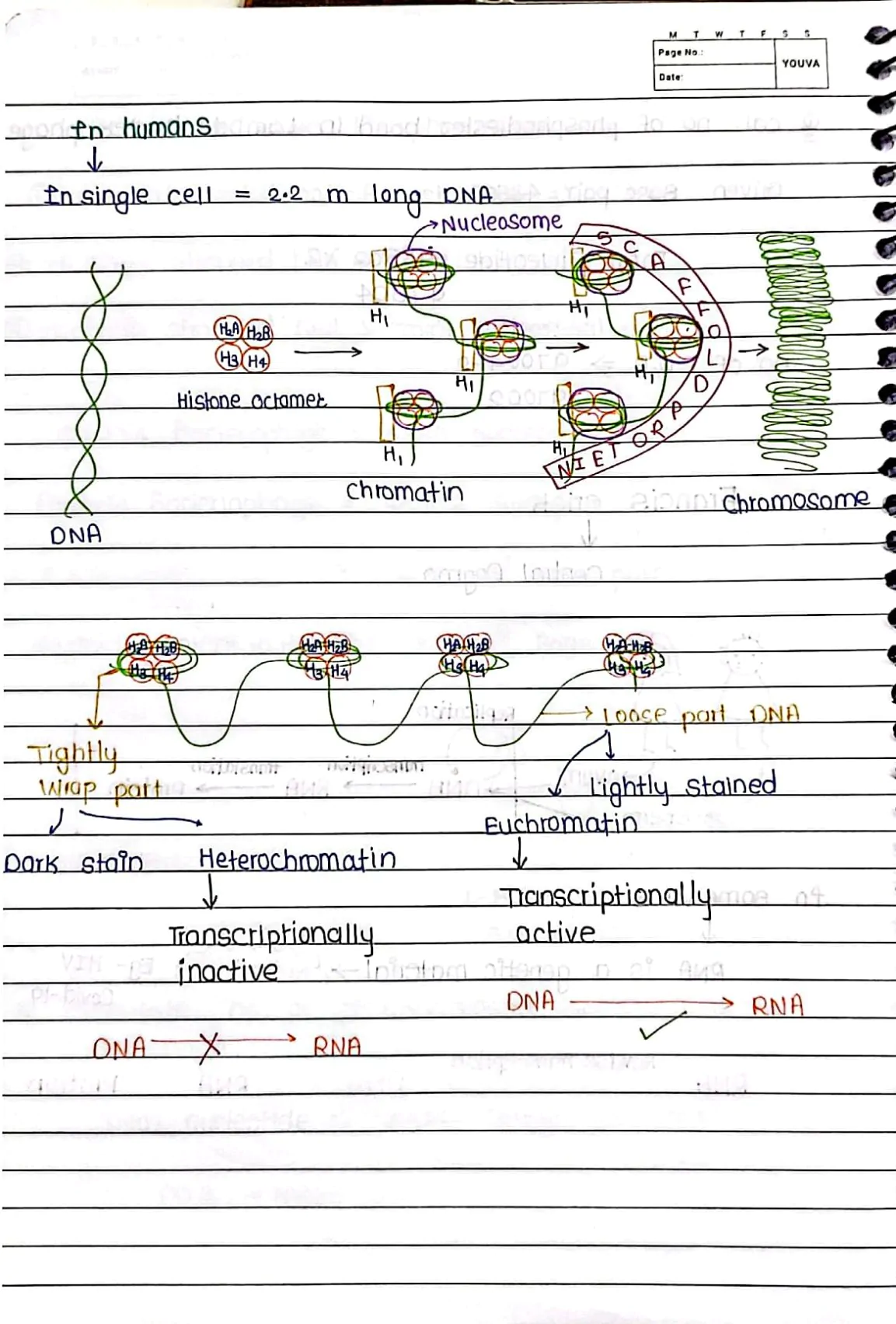
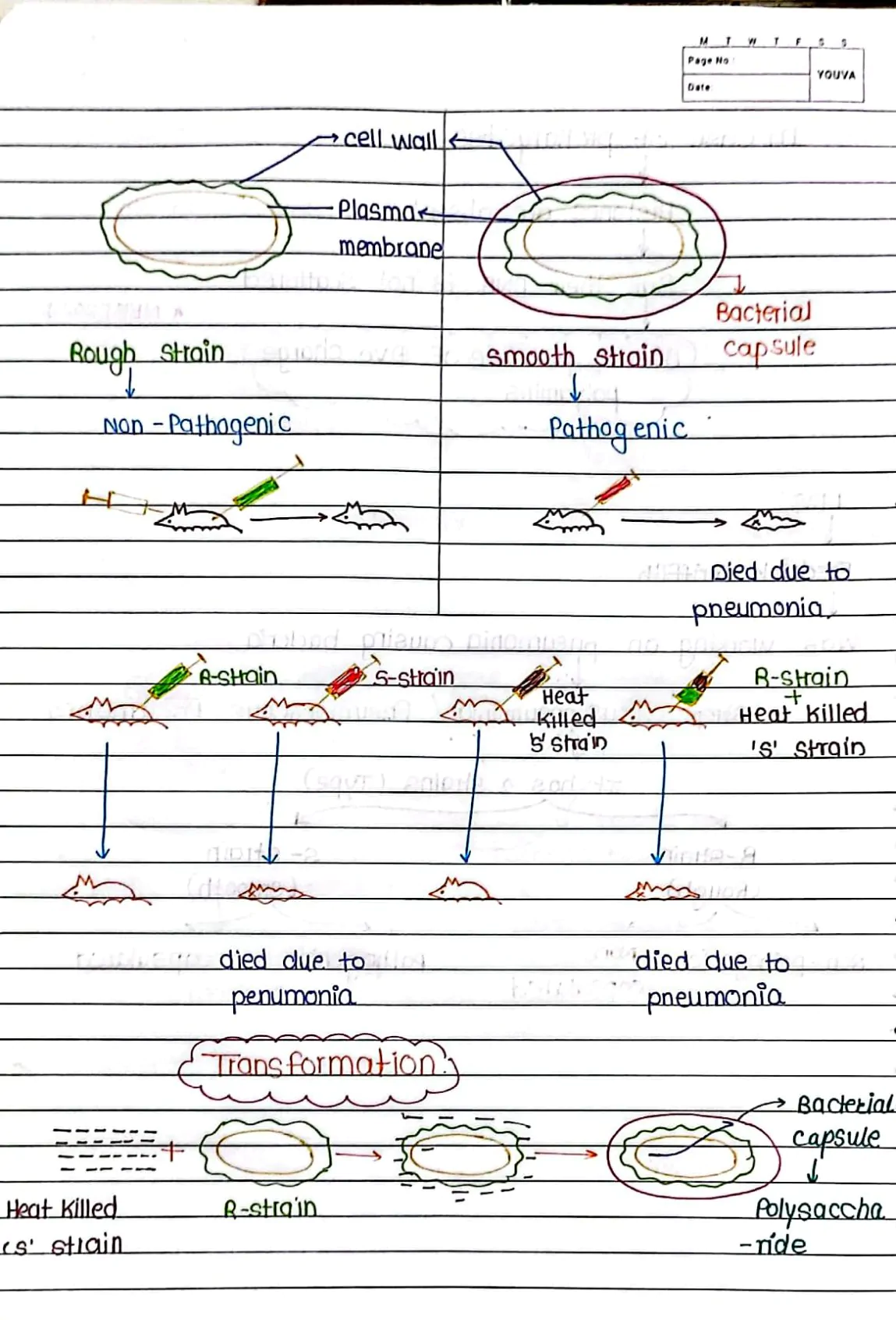
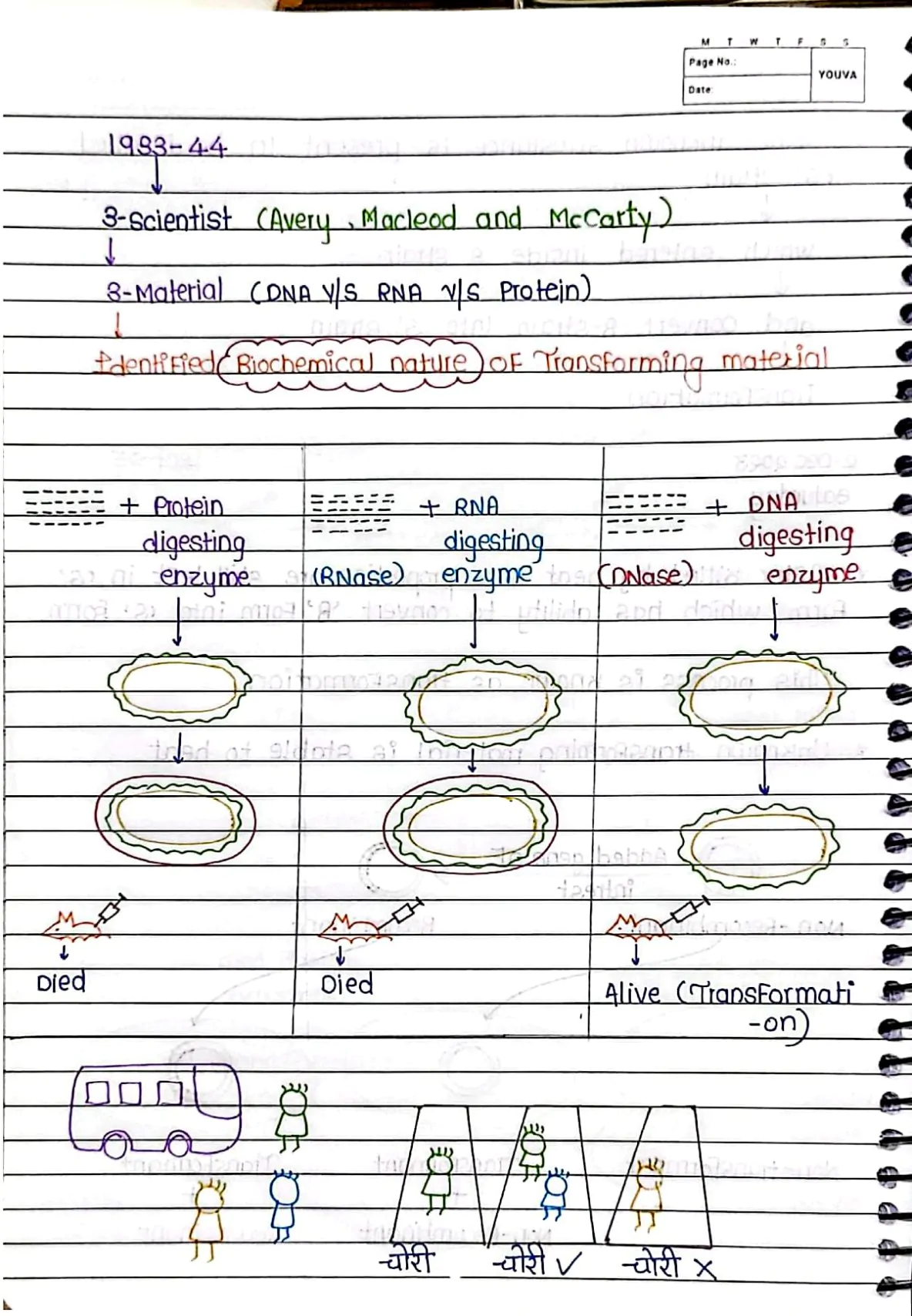
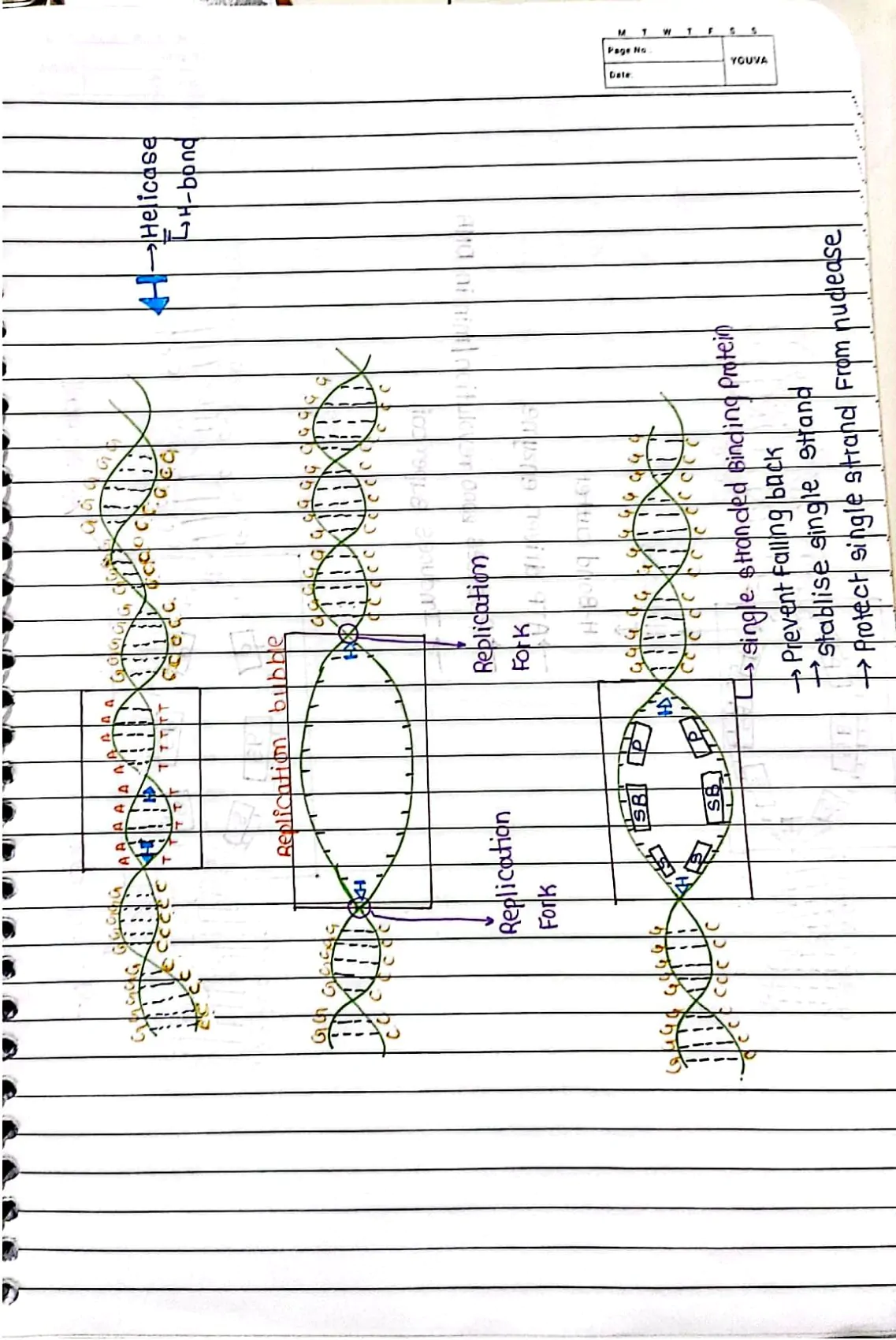
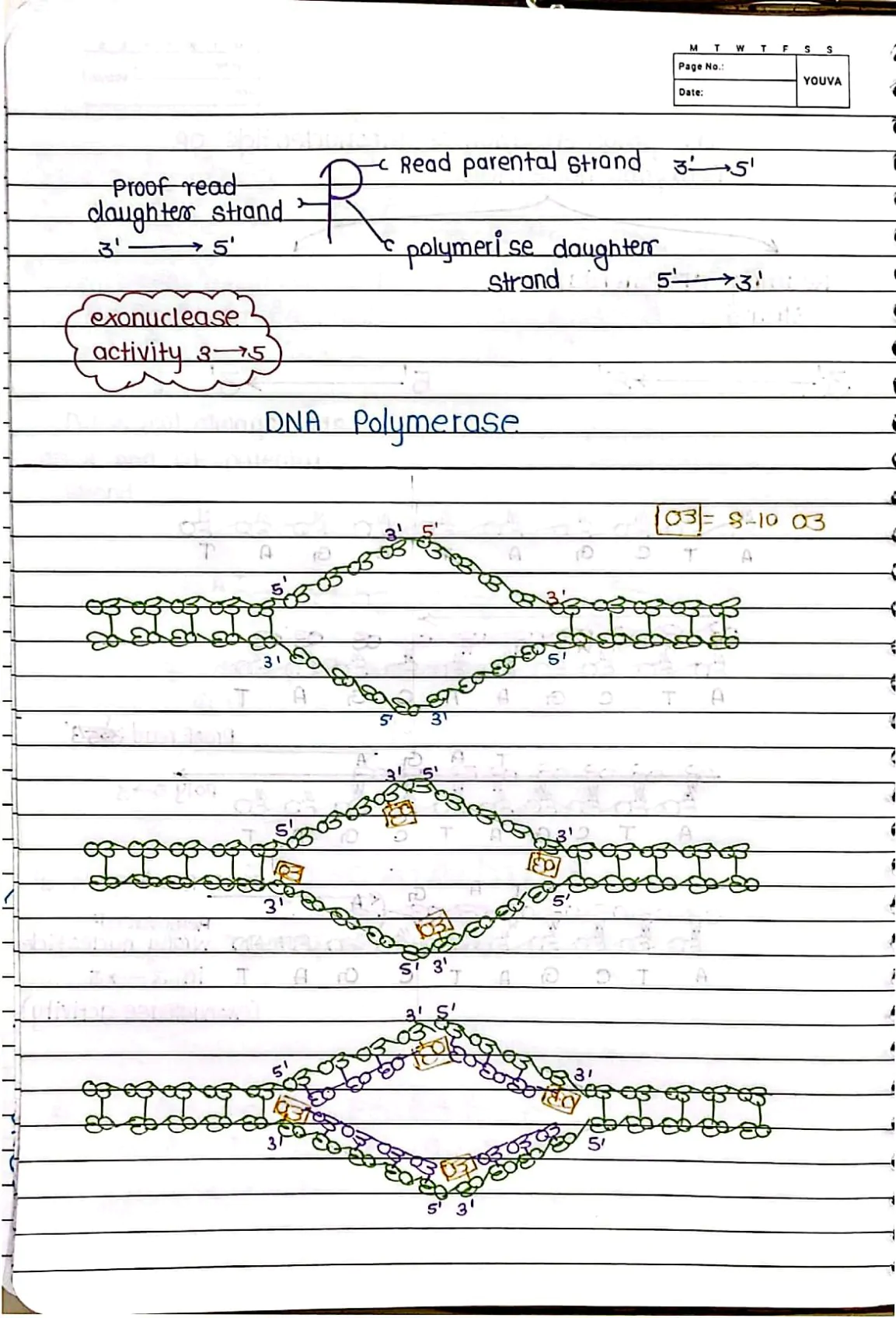

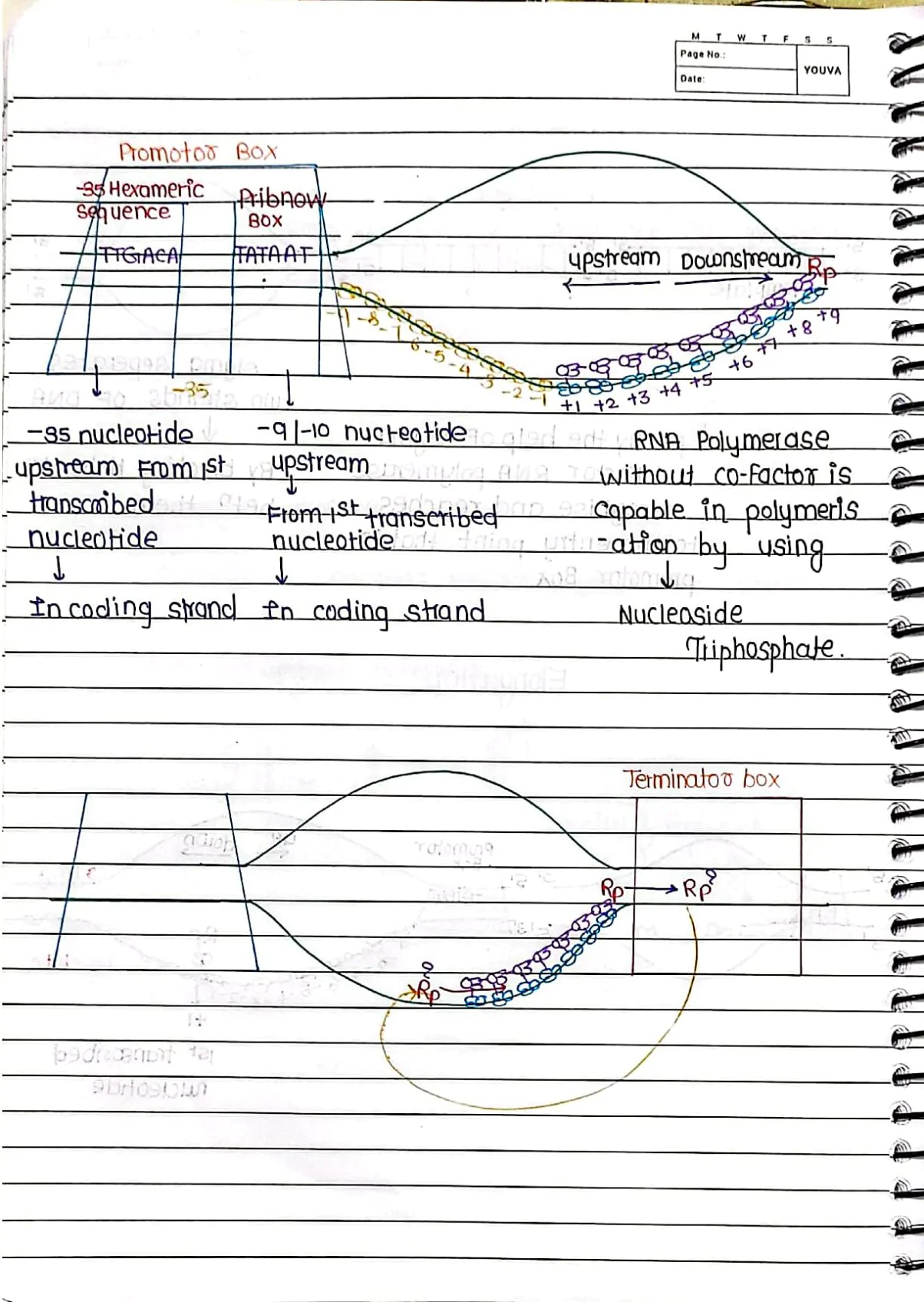

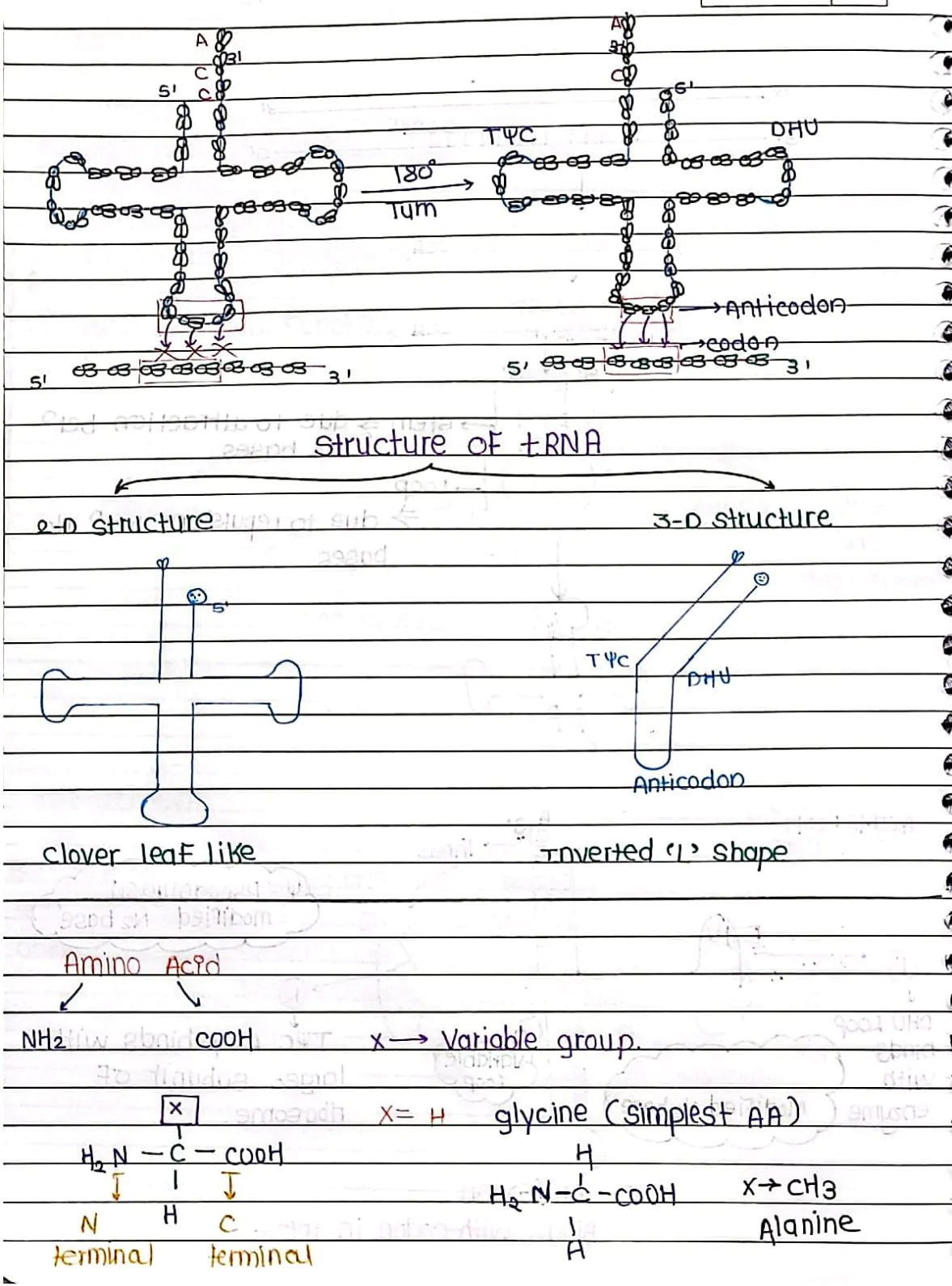
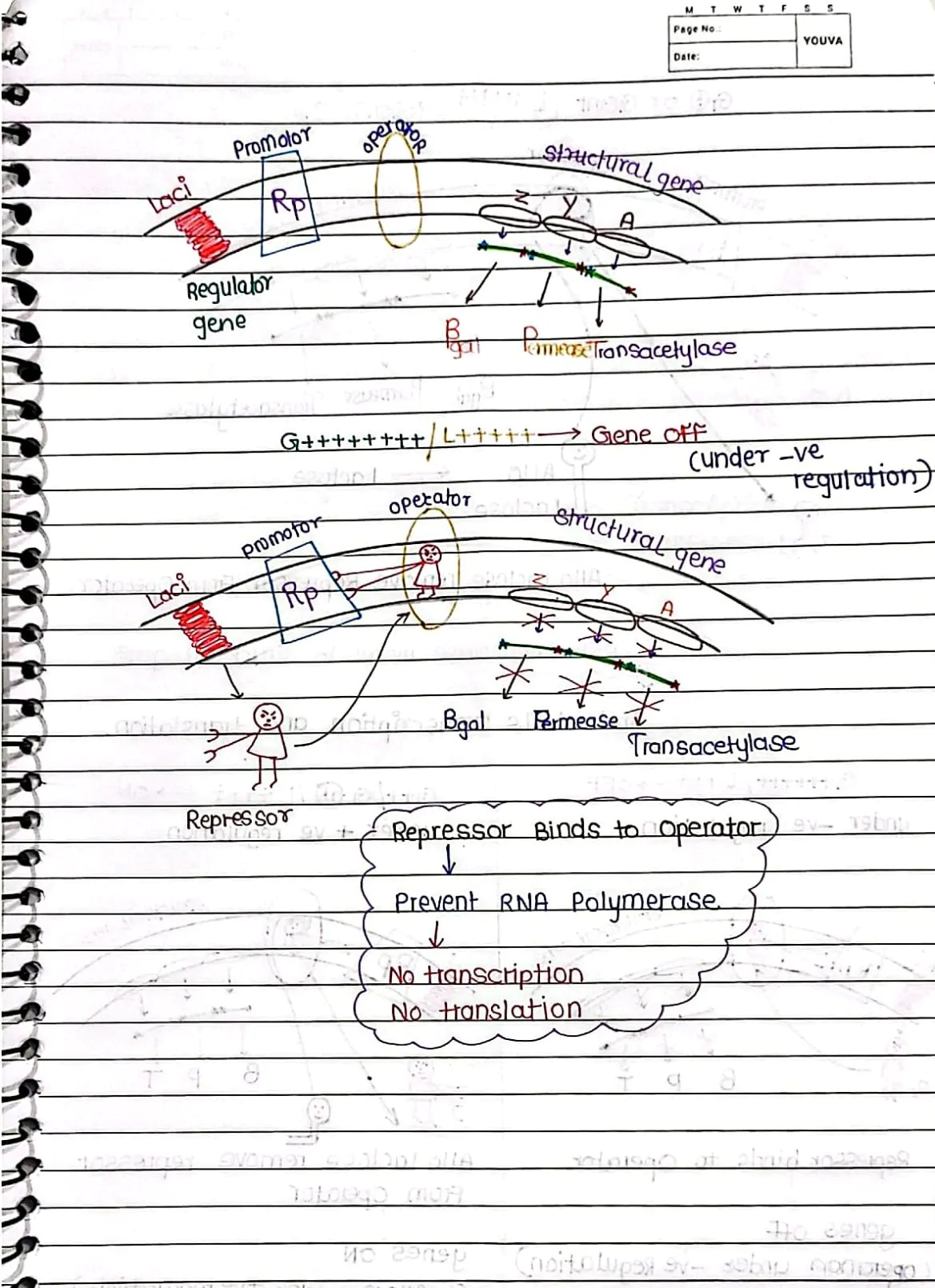
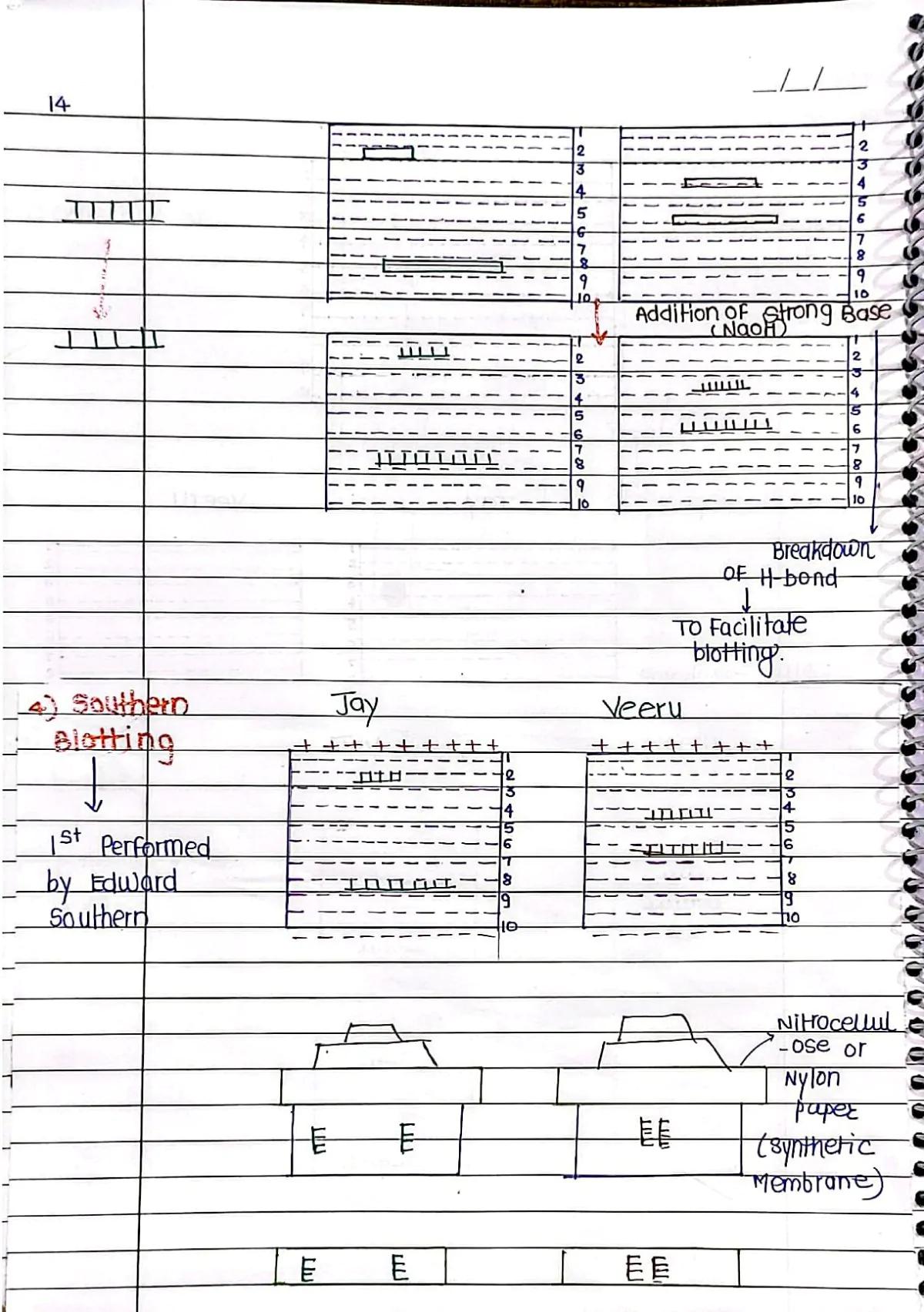

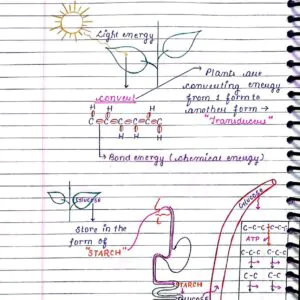


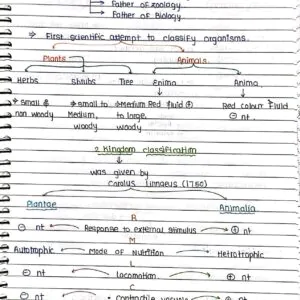

Reviews
There are no reviews yet.